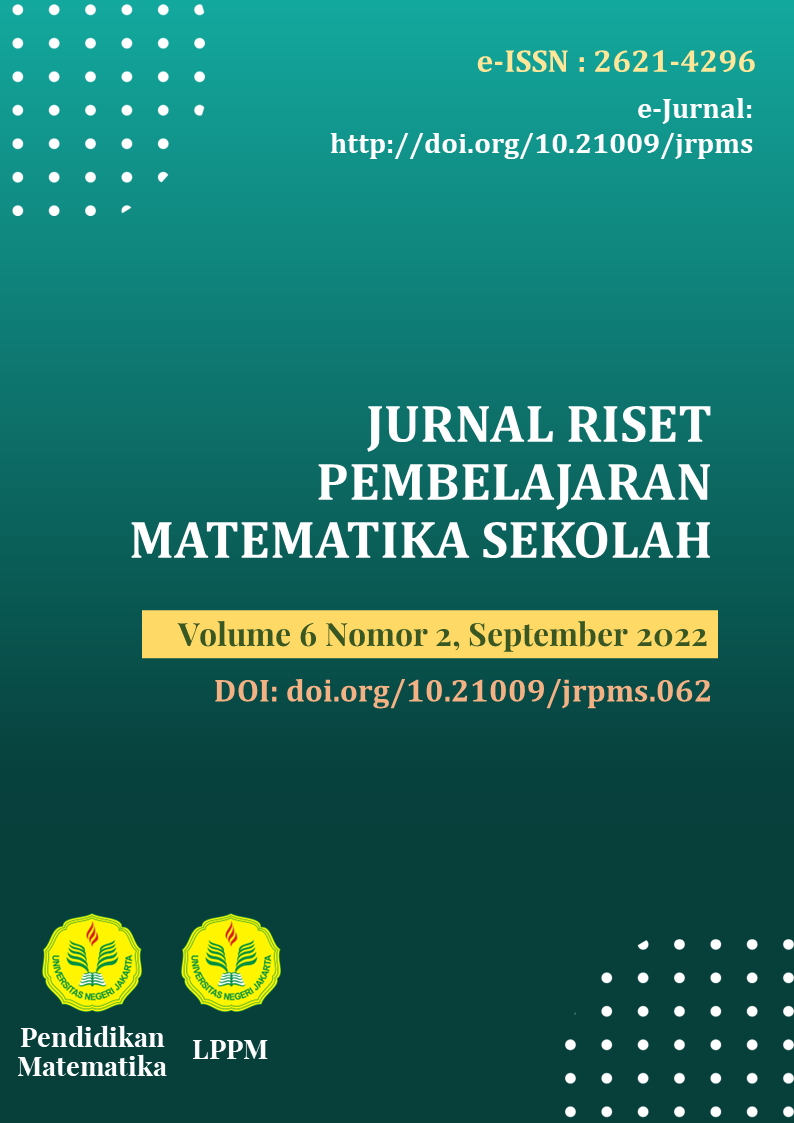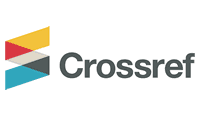Comparison of Mathematical Learning Capabilities Among Students Using the Reciprocal Teaching and Problem Posing Model
DOI:
https://doi.org/10.21009/jrpms.062.01Keywords:
reciprocal teaching, problem posing learning, mathematical concept abilityAbstract
The purpose of this study is to ascertain whether students who learn to utilize the reciprocal teaching model have a greater understanding of mathematical topics than students who learn to use the problem posing approach. This research was carried out at SMP Negeri 97 Jakarta for seventh grade students on the subject of Persamaan Linear Satu Variabel (PLSV). This study was conducted using a quasi-experimental design. A two-stage random sampling method was employed for the sampling process.The first stage is purposive sampling, in this case three classes are selected which are taught by the same teacher. Then the second stage is cluster random sampling, from three classes that are normally distributed, homogeneous and have the same average, two classes are randomly selected as experimental class I (reciprocal teaching model) and experimental class II (problem posing model). The research instrument used was the final test of the ability to understand mathematical concepts on the subject of PLSV as many as 6 questions. Validity testing uses content, construct, and empirical validity. Calculation of the reliability of the instrument using the Cronbach Alpha correlation formula and obtained a reliability coefficient of 0.714 which is classified as high. The research hypothesis was tested using t-test statistics.The result show that the ability to understand mathematical concepts of students who learn to use the reciprocal teaching model is higher than problem posing model.




